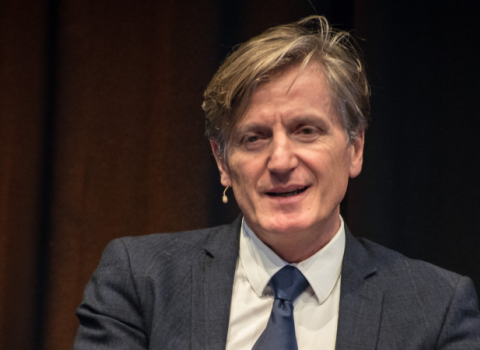A public consultation - to which nearly 200 organisations and individuals responded – agrees the EIT should play a distinctive role in the EU’s next research and innovation Horizon 2020, and should forge closer links with other European and national efforts.
A majority of respondents like the way in which the EIT ensures the participation of companies in its work and want the Institute to step up its outreach activities. The consultation will feed into a strategic innovation agenda for the EIT, which the Commission is due to propose by the end of this year.
Androulla Vassiliou, Commissioner for Education, Culture, Multilingualism and Youth, welcomed the support for the EIT expressed in the consultation. “This clearly shows that that the EIT is on track and that its role in fostering innovation in Europe is essential. There is a strong desire across the board to ensure a sound future for the EIT.”
In all, 90 per cent of responendents agreed that the EIT should have a distinctive role within Horizon 2020. Participants consider it equally important to consolidate the activities of the EIT and its Knowledge and Innovation Communities (KICs), its cross-border public-private partnerships, by providing tangible results and showing there are concrete benefits. At present there are three Knowledge and Innovation Communities, focusing on climate change, sustainable energy and information and communication technologies.
In terms of setting up new KICs, the themes respondents found most relevant are health/ageing, 81 per cent backing, and sustainable cities/mobility, which has backing from 77 per cent of respondents. The new KICs should be aligned with the priorities of the forthcoming EU strategy for research and innovation, bring about sustainable and systematic impact, and build a critical mass participants in education, research and industry.
Respondents think getting industry involved is vital for the future success of the EIT. Flexibility, clarity on rules and clear returns on investment are needed to attract private sector participation, they said.
There was also a call for the EIT and the individual KICs to be better at communicating results and outreach across Europe. The EIT should promote new models of knowledge sharing and open innovation and put in place specific measures for disseminateing the results of its activities.
The public consultation on the future of the EIT ran from 14 April to 30 June 2011. The Commission received 187 contributions, of which 35 per cent came from higher education, 26 per cent from business and 22 per cent from research organisations.
In its budget plan for 2014-2020, presented in June, the Commission proposed a substantial increase research and innovation funding. Under this proposal the EIT would be part of the EU's €80 billion Horizon 2020 strategy for research and innovation.
In addition to the consultation, the Commission’s strategic innovation agenda for the EIT will take account of the results of an independent external evaluation of the EIT, the draft strategy submitted by the Institute's governing board, and ongoing discussions on the future EU Framework Programme for Research and Innovation, Horizon 2020.
Report of the Public Consultation on the European Institute of Innovation and Technology (EIT): http://ec.europa.eu/education/eit/eit-consultation_en.htm
Written contributions to the consultation: http://ec.europa.eu/education/eit/eit-consultation_en.htm
Results of the first external evaluation of the EIT: http://ec.europa.eu/dgs/education_culture/evalreports/education/2011/eitreport_en.pdf
Draft strategic innovation agenda submitted by the EIT Governing Board: http://eit.europa.eu/fileadmin/Content/Downloads/SIA/EIT_Strategic_Innovation_Agenda_Final.pdf
EIT website http://eit.europa.eu/





 A unique international forum for public research organisations and companies to connect their external engagement with strategic interests around their R&D system.
A unique international forum for public research organisations and companies to connect their external engagement with strategic interests around their R&D system.